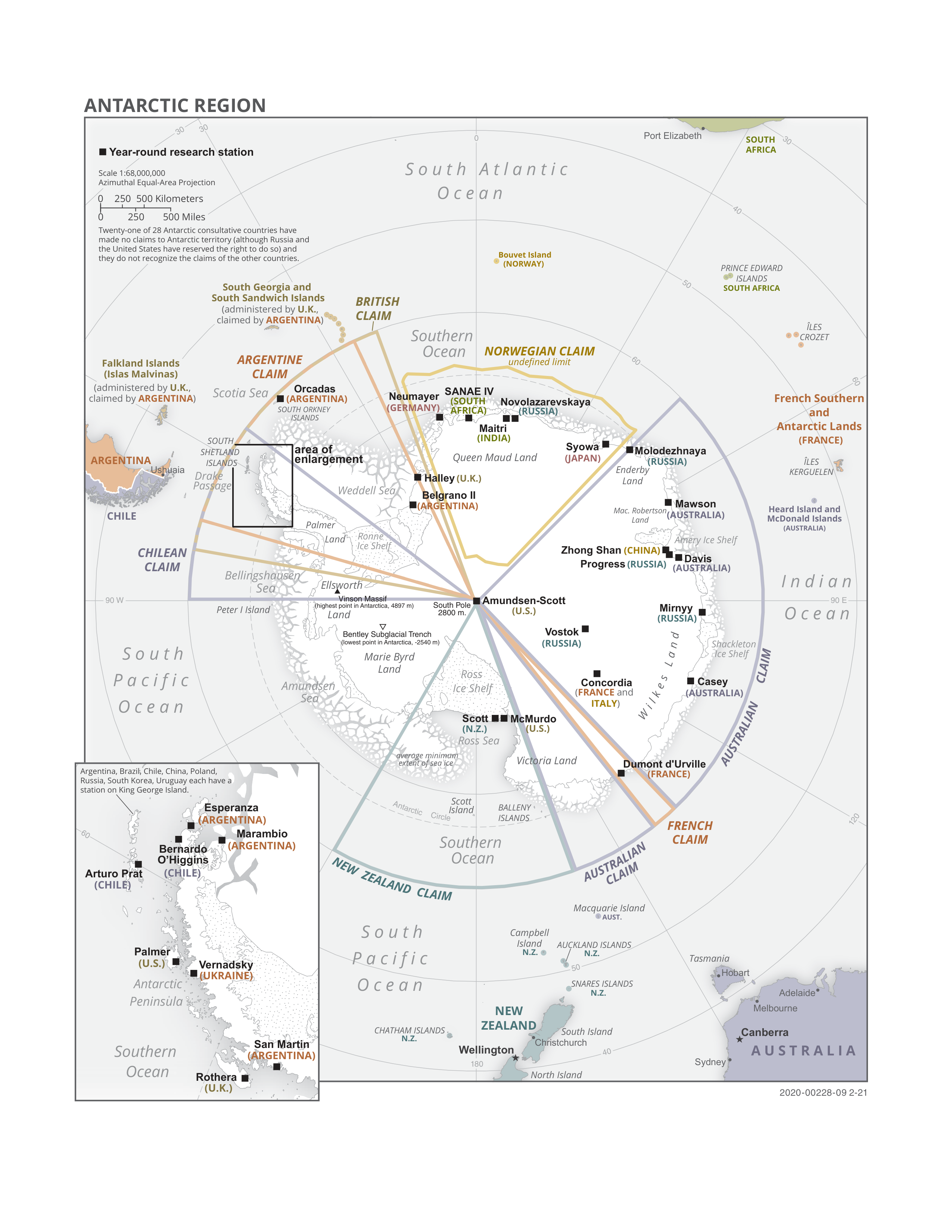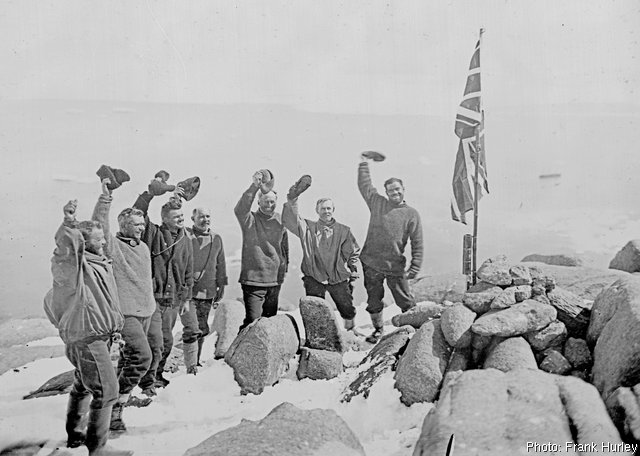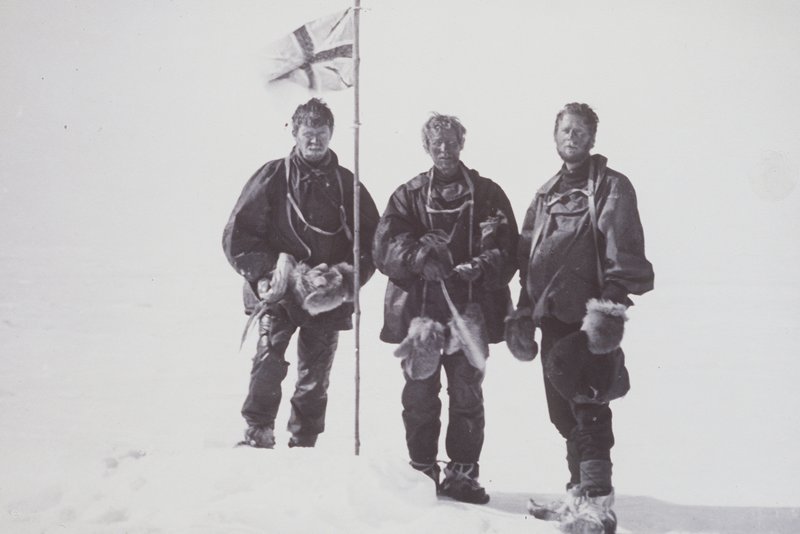|
Aagaard Islands
Aagaard Islands also known as Bjarne Aagaard Islands or Ostrova B'yarne-Ogor, are a group of small islands lying to the west of Proclamation Island and Cape Batterbee, near the coast of Antarctica in the Southern Ocean. They were discovered in January 1930 by the British Australian and New Zealand Antarctic Research Expedition (BANZARE) under Sir Douglas Mawson Sir Douglas Mawson OBE FRS FAA (5 May 1882 – 14 October 1958) was an Australian geologist, Antarctic explorer, and academic. Along with Roald Amundsen, Robert Falcon Scott, and Sir Ernest Shackleton, he was a key expedition leader duri ..., and were named after . See also * List of Antarctic and sub-Antarctic islands References Islands of Enderby Land {{EnderbyLand-geo-stub ... [...More Info...] [...Related Items...] OR: [Wikipedia] [Google] [Baidu] |
Antarctica
Antarctica () is Earth's southernmost and least-populated continent. Situated almost entirely south of the Antarctic Circle and surrounded by the Southern Ocean, it contains the geographic South Pole. Antarctica is the fifth-largest continent, being about 40% larger than Europe, and has an area of . Most of Antarctica is covered by the Antarctic ice sheet, with an average thickness of . Antarctica is, on average, the coldest, driest, and windiest of the continents, and it has the highest average elevation. It is mainly a polar desert, with annual precipitation of over along the coast and far less inland. About 70% of the world's freshwater reserves are frozen in Antarctica, which, if melted, would raise global sea levels by almost . Antarctica holds the record for the lowest measured temperature on Earth, . The coastal regions can reach temperatures over in summer. Native species of animals include mites, nematodes, penguins, seals and tardigrades. Where ve ... [...More Info...] [...Related Items...] OR: [Wikipedia] [Google] [Baidu] |
Antarctic Treaty System
russian: link=no, Договор об Антарктике es, link=no, Tratado Antártico , name = Antarctic Treaty System , image = Flag of the Antarctic Treaty.svgborder , image_width = 180px , caption = Flag of the Antarctic Treaty System , type = Condominium , date_drafted = , date_signed = December 1, 1959"Antarctic Treaty" in '' The New Encyclopædia Britannica''. Chicago: Encyclopædia Britannica Inc., 15th edn., 1992, Vol. 1, p. 439. , location_signed = Washington, D.C., United States , date_sealed = , date_effective = June 23, 1961 , condition_effective = Ratification of all 12 signatories , date_expiration = , signatories = 12 , parties = 55 , depositor = Federal government of the United States , languages = English, French, Russian, and Spanish , wikisource = Antarctic Treaty The Antarctic Treaty a ... [...More Info...] [...Related Items...] OR: [Wikipedia] [Google] [Baidu] |
Proclamation Island
Proclamation Island is a small rocky island west of Cape Batterbee and close east of the Aagaard Islands of Antarctica. Historic site The island was discovered by the British Australian New Zealand Antarctic Research Expedition (BANZARE), led by Douglas Mawson, 1929–1931, and so named, following the reading of a proclamation on its summit on 13 January 1930 claiming the area for the British Crown. A cairn and plaque erected by Mawson at the time to commemorate the event has been designated a Historic Site or Monument (HSM 3) following a proposal by Australia to the Antarctic Treaty Consultative Meeting russian: link=no, Договор об Антарктике es, link=no, Tratado Antártico , name = Antarctic Treaty System , image = Flag of the Antarctic Treaty.svgborder , image_width = 180px , caption .... See also * List of Antarctic and subantarctic islands References Islands of Enderby Land Historic Sites and Monum ... [...More Info...] [...Related Items...] OR: [Wikipedia] [Google] [Baidu] |
Cape Batterbee
Cape Batterbee is a small, rocky point on the coast, the most northerly cape of Enderby Land. It is located 92 km north of Mount Elkins. Discovery and naming Cape Batterbee was discovered by BANZARE (1929–31) on 13 January 1930. Named by Sir Douglas Mawson after Sir Henry Fagg Batterbee, Assistant Secretary of the Dominions Office, London, at the time of the expedition. Important Bird Area A 151 ha site comprising the cape, a nearby offshore island and the intervening sea ice has been identified as an Important Bird Area (IBA) by BirdLife International because it supports some 31,000 breeding pairs of Adélie penguins (as estimated from 2011 satellite imagery). See also * Aagaard Islands, group of small islands to the west of Cape Batterbee * History of Antarctica * List of Antarctic expeditions This list of Antarctic expeditions is a chronological list of expeditions involving Antarctica. Although the existence of a southern continent had been hypothesi ... [...More Info...] [...Related Items...] OR: [Wikipedia] [Google] [Baidu] |
Southern Ocean
The Southern Ocean, also known as the Antarctic Ocean, comprises the southernmost waters of the World Ocean, generally taken to be south of 60° S latitude and encircling Antarctica. With a size of , it is regarded as the second-smallest of the five principal oceanic divisions: smaller than the Pacific, Atlantic, and Indian oceans but larger than the Arctic Ocean. Over the past 30 years, the Southern Ocean has been subject to rapid climate change, which has led to changes in the marine ecosystem. By way of his voyages in the 1770s, James Cook proved that waters encompassed the southern latitudes of the globe. Since then, geographers have disagreed on the Southern Ocean's northern boundary or even existence, considering the waters as various parts of the Pacific, Atlantic, and Indian oceans, instead. However, according to Commodore John Leech of the International Hydrographic Organization (IHO), recent oceanographic research has discovered the importance of Southe ... [...More Info...] [...Related Items...] OR: [Wikipedia] [Google] [Baidu] |
British Australian And New Zealand Antarctic Research Expedition
The British Australian (and) New Zealand Antarctic Research Expedition (BANZARE) was a research expedition into Antarctica between 1929 and 1931, involving two voyages over consecutive Austral summers. It was a British Commonwealth initiative, driven more by geopolitics than science, and funded by the United Kingdom, Australia and New Zealand. The leader of the BANZARE was Sir Douglas Mawson and there were several subcommanders (Captain K.N. MacKenzie, who replaced Captain John King Davis for the second summer) on board the RRS Discovery, the ship previously used by Robert Falcon Scott. The BANZARE, which also made several short flights in a small plane, mapped the coastline of Antarctica and discovered Mac. Robertson Land and Princess Elizabeth Land (which later was claimed as part of the Australian Antarctic Territory). The voyages primarily comprised an "acquisitive exploratory expedition", with Mawson making proclamations of British sovereignty over Antarctic lands at each ... [...More Info...] [...Related Items...] OR: [Wikipedia] [Google] [Baidu] |
Douglas Mawson
Sir Douglas Mawson OBE FRS FAA (5 May 1882 – 14 October 1958) was an Australian geologist, Antarctic explorer, and academic. Along with Roald Amundsen, Robert Falcon Scott, and Sir Ernest Shackleton, he was a key expedition leader during the Heroic Age of Antarctic Exploration. Mawson was born in England and came to Australia as an infant. He completed degrees in mining engineering and geology at the University of Sydney. In 1905 he was made a lecturer in petrology and mineralogy at the University of Adelaide. Mawson's first experience in the Antarctic came as a member of Shackleton's ''Nimrod'' Expedition (1907–1909), alongside his mentor Edgeworth David. They were part of the expedition's northern party, which became the first to attain the South Magnetic Pole and to climb Mount Erebus. After his participation in Shackleton's expedition, Mawson became the principal instigator of the Australasian Antarctic Expedition (1911–1914). The expedition explored thou ... [...More Info...] [...Related Items...] OR: [Wikipedia] [Google] [Baidu] |




